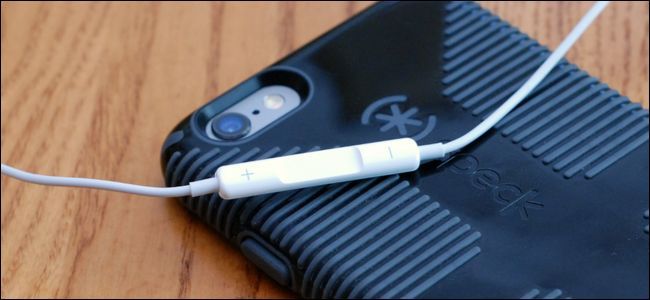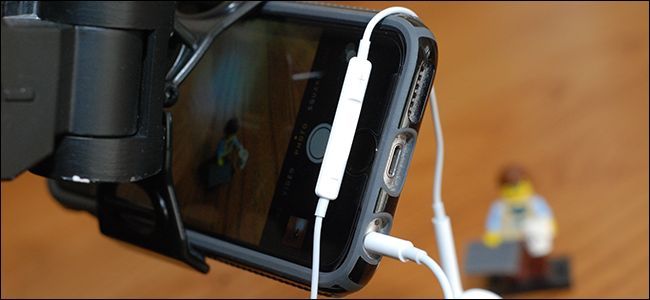As smartphone cameras get better and better it's only natural that people would want to enjoy some of the trappings of proper photography with them. Read on as we show a reader how to cheaply add a remote shutter release to their smartphone camera so they can trigger the camera without jarring it, disturbing the composition, and while they're actually in the photo.
Dear How-To Geek,
My son and I have recently been experimenting with using the camera on an old iPhone as a stop-motion camera for LEGO minifigs and the little town we've built. While rigging up the phone to stay in place with an old tripod and tripod-mounted equipment spring-clamp wasn't much trouble that's only half the equation for good stop-motion video. The other side of things is keeping the camera super stable and not bumping it while snapping each shot.
What's the easiest (and hopefully cheapest too!) way we can add a remote shutter release to the smartphone much like the cable release triggers of photographer yesteryear?
Sincerely,
Seeking Steadicam
Easy and cheap you say? Well do we have a proposition for you, then. There are two approaches you can take that range in price from free (as in you probably already have the gear to do it) to around $10 if you need to purchase a few accessories.
While your focus is on keeping the camera very steady for continuity among your many stop-motion photos, remote shutter release is also really great for things like family photos. We've taken more than a few family photos over the years with remote shutter button. Since you're already using your camera's phone for traditional camera tasks you'll likely find the remote shutter release just as useful. Let's take a look at how you can enable a remote shutter on your smartphone.
Repurpose the Volume Key
The first method relies on a rather clever bit of repurposing. Both iOS and Android support using the volume button to take a photo. Why the volume button? Because when you hold the phone in portrait mode it puts the volume button at the top roughly where the shutter button is on a point and shoot camera.
That volume button function isn't hardwired to the actual volume key, however, it's an operating system function that responds to the up-volume command while the phone's camera app is open. This means any up-volume command will trigger the camera. You know those selfie-sticks with the headphone jack cord and the button on the handle? You guessed it; that button sends the up-volume command to the headphone jack via control standards built into more smartphones and triggers the shutter.
This means if you have a pair of Apple headphones that come with the little volume adjustment toggle on the headphone wires (or just about any pair of headphones with the same feature) you can use the + volume button as a shutter release for your camera. The best part is the headphones don't even need to work. If you have a pair sitting in a drawer somewhere because the connection point between the wire and the earbuds is bad that doesn't matter; as long as the connection between the jack and the volume control button is still good you can use them for snapping pictures.
If you don't have a pair laying around and you'd like to use a cable-style release you can always pick up an auxiliary cable with an in-line volume control such as this $12 model. Then when you're not using it as a release cable you can always use it for linking your devices to your car's stereo system or to portable speakers.
Go Hands Free with a Bluetooth Trigger
Now if you aren't totally sold on the idea of using a shutter release cable (maybe you're afraid of pulling on the cable or you want the ability to snap the shots in quick succession without returning to your smartphone and the tripod to do so) you may want to pick up a Bluetooth shutter button.
Bluetooth shutter buttons are really cheap; a well-reviewed one like this CamKix button will only set you back $9. The advantage in the case of your stop-motion application is definitely the ability to work quickly with the minifigs without constantly returning to location of the camera.
Either way the only thing standing between you and remote shutter release is locating your old Apple headphones or a minor purchase to add in a wired or wireless button. Enjoy your stop motion antics!
Have a smartphone question big or small? Shoot us an email at ask@howtogeek.com and we'll do our best to answer it.


